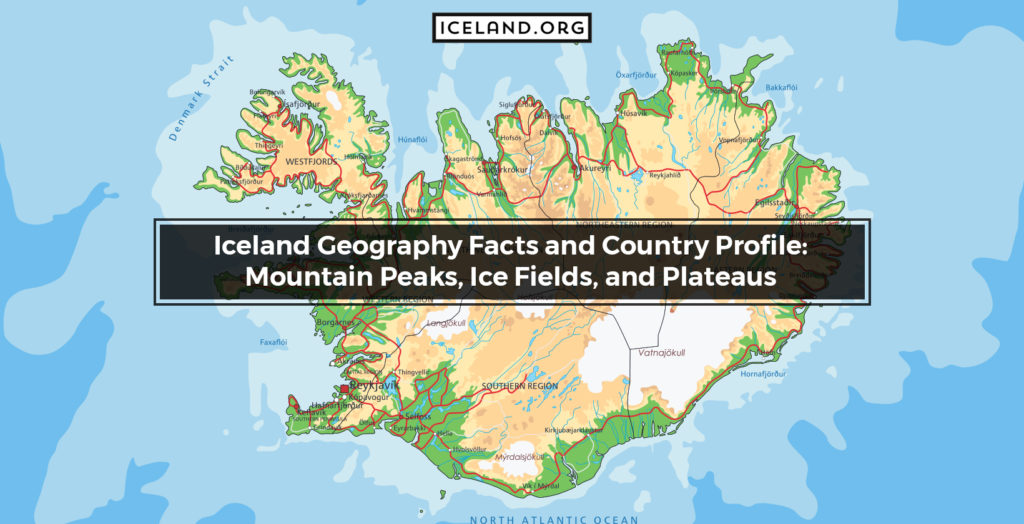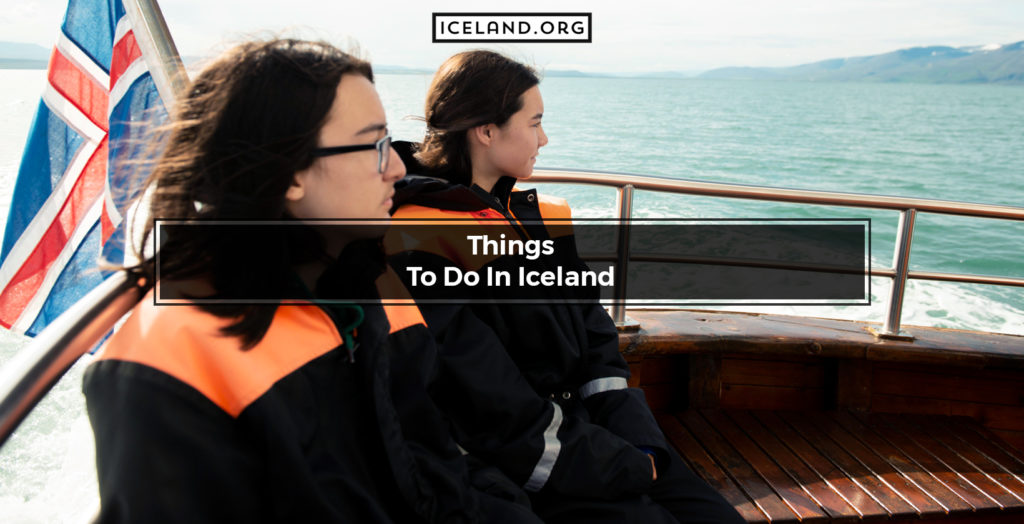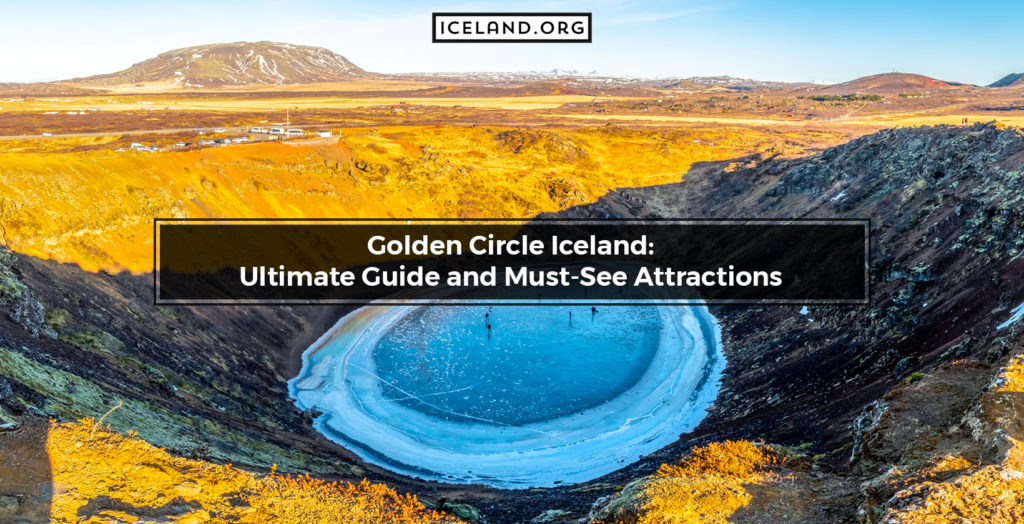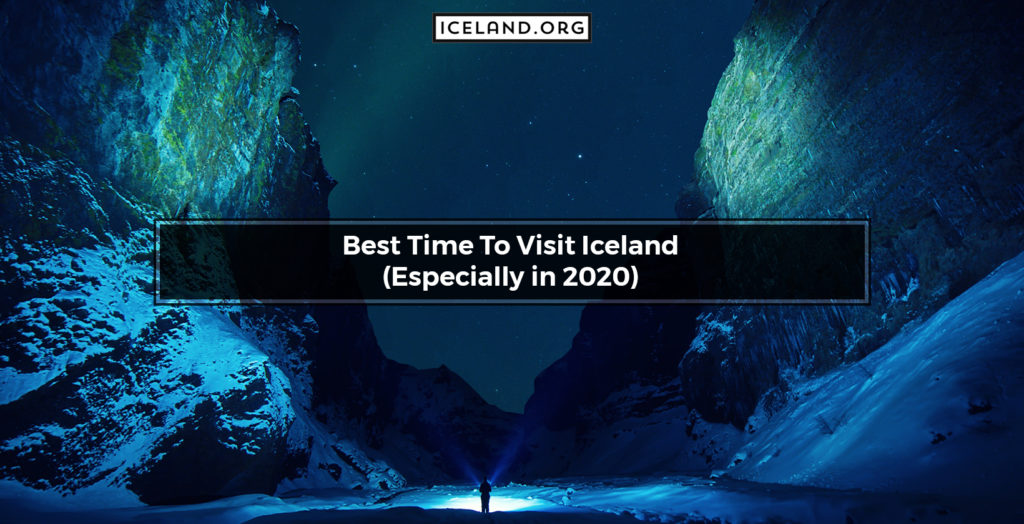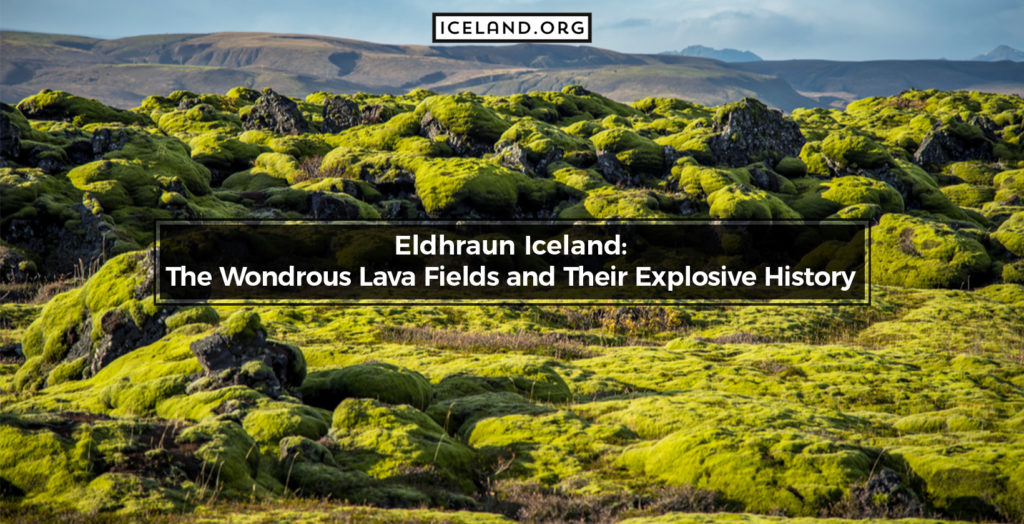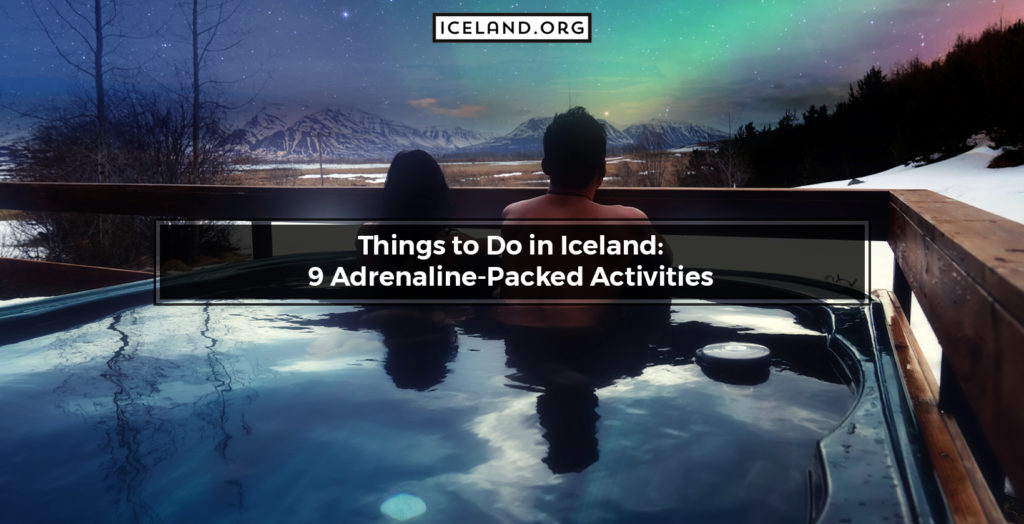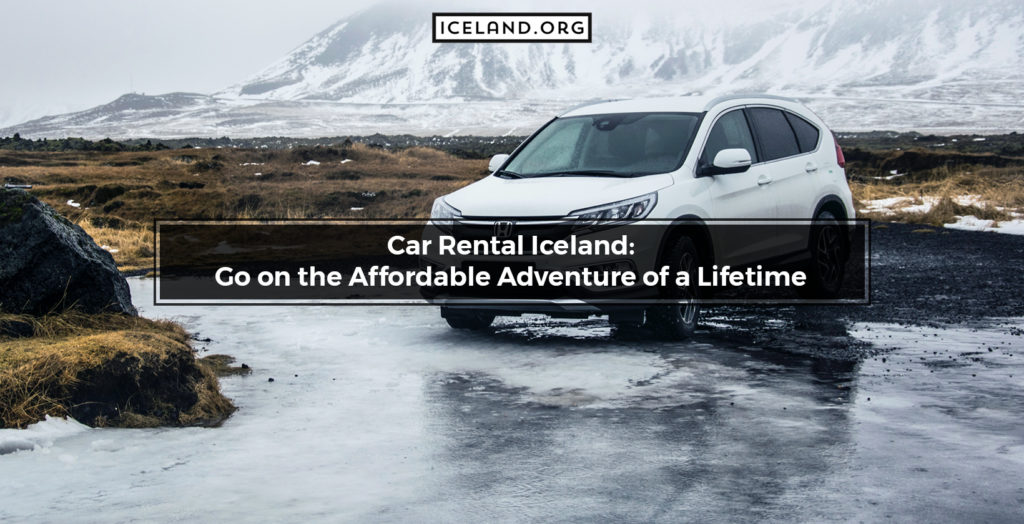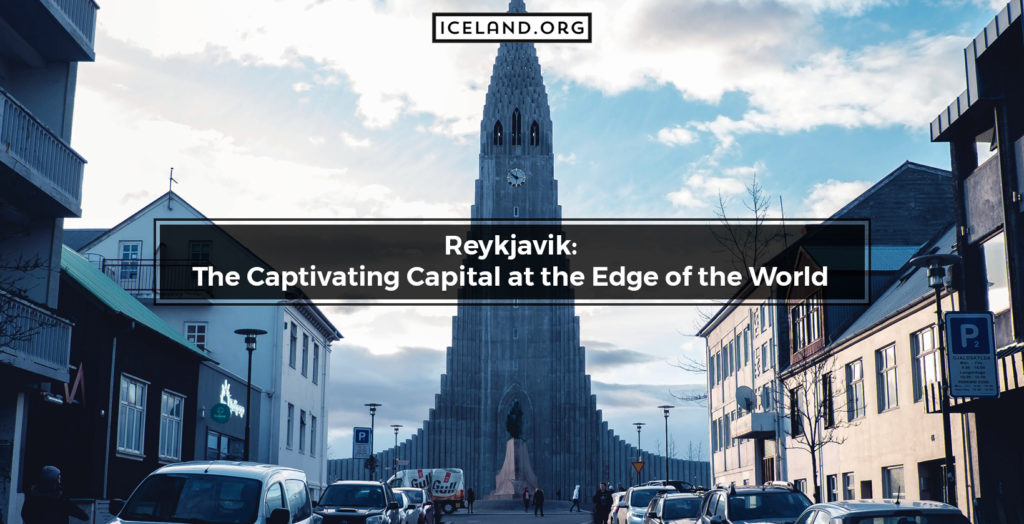The main geographical features of Iceland (Land of Ice and Fire) are mountains, glaciers, volcanoes, and lava fields. The unique geographical location of Iceland, south of the Arctic Circle and on top of the ocean’s hot spot, resulted in diverse, striking, and raw landscapes. From the Hvannadalshnjúkur and Bárðarbunga mountains to the Öræfajökull and Katla volcanoes to the Vatnajökull and Langjökull glaciers. Every landform is a one-of-a-kind sight and experience. The unforgiving weather and averagely fertile andosol soil limit the agricultural industry, while the mentioned landforms and curiosities leave space for booming tourism and unforgettable geography trips.
How is the geographical structure of Iceland?
The geographical structure of iceland includes vast plateaux, high mountain peaks, and some fertile lowlands. Other geographical landmarks include deep fjords and long glaciers. Forests cover only 2% of the country’s area, and agricultural lands account for 18.5% of the surface. Therefore as much as 80% of Iceland is uninhabited. The unique geographical features result from Iceland’s location in the middle of the ocean, on top of a mantle plume, where the North American and Eurasian plates meet.
What are the geographical features of Iceland?
The geographical features include a plateau land rigged with mountain peaks and volcanoes and covered with glaciers and lava fields. The coastline is continuously indented with fjords. The different landforms in Iceland include:
- Volcanoes
- Glaciers
- Waterfalls
- Geysers
- Sea cliffs.
1. Glaciers
Glaciers are among the first geographic hallmarks and attractions in Iceland. The country has 269 named glaciers, and they cover 11% of its total area. There are different types of glaciers, and Iceland has them all, including outlet glaciers, alpine, mountain glaciers, ice caps, ice streams, etc. With an area of 8300 kilometer², the Vatnajökull glacier is the largest in Iceland and Europe. The average thickness of the Vatnajökull glacier’s ice is 400 meters, and the maximum is 1000 meters. It also gives birth to around 30 outlet glaciers. The glaciers in Iceland are spectacular in both appearance and hidden structures, from natural ice caves to active volcanoes. Here is a list of the top 5 Iceland glaciers:
- Vatnajökull
- Langjökull
- Hofsjökull
- Mýrdalsjökull
- Drangajökull
2. Mountains
The mountains in Iceland are present in all shapes and sizes, from glacier-capped volcanoes to emblematic snow-covered peaks. There are 4145 named mountains, and the highest one is Hvannadalshnjúkur. Here is a list of famous mountains in Iceland:
- Keilir
- Snaefellsjökull
- Kirkjufell
- Drangafjall
- Herðubreið.
Mountain Peaks of Iceland
Hvannadalshnjúkur is a pyramidal peak located on the crater rim of the Öræfajökull volcano. The peak that measures 2.109,6 meters is the highest point in the country and part of the Vatnajökull National Park. Here is a list of the highest mountain peaks in Iceland:
- Hvannadalshnjúkur (2.109 meters)
- Bárðarbunga (2.000 meters)
- Kverkfjöll (1.920 meters)
- Snæfell (1.833 meters)
- Hofsjökull (1.765 meters).
3. Plains
The most notable plain are the geologically unique parliamentary plains in Iceland (called Thingvellir) located in its southern parts. The plain is of great value because it is the meeting point for the diverging Americana and European tectonic plates.
4. Rivers
The rivers in Iceland come from glaciers and sculpt breathtaking landscapes on their runoffs. There are hundreds of rivers and thousands of creeks, streams, and brooks. The longest river is the glacier river Þjórsá (230 kilometers long). It comes from the Hofsjökull glacier and has an island called Árnes. Although not very long, the Ölfusá River (25 kilometers) moves around 423 cubic meters per second, thus featuring the most incredible flow. Finally, the minor river is Jökulsá á Breiðamerkursandi (only 1500 meters long). Here is a list of the most significant rivers in Iceland:
- Þjórsá
- Jökulsá á Fjöllum
- Jökulsá á Brú
- Skjálfandafljót
- Lagarfljót
5. Volcanoes
Set above a mantle plume and mid-ocean ridge, Iceland is a quite active volcanic island with eruptions occurring every 3 to 6 years. Volcanoes can be found all across the island except in the Westfjords, and there are around 130 volcanoes (at least 30 of them are still active). The most famous and still active volcano is Mount Hekla (the last eruption was in 2000), the most active is Katla (erupts every 40 to 80 years), and the biggest is Öræfajökull (only two eruptions in historical times). Here is a list of the largest volcanoes in Iceland.
- Öræfajökull
- Bárðarbunga
- Kverkfjöll
- Hofsjökull
- Esjufjöll.
6. Forest
In the past, trees and forests covered 40% of Iceland’s surface. Today, the forest cover is significantly reduced – birch forests cover 1.5% of the country and cultivated forests another 0.4%. The largest national forest is Hallormsstaðaskógur near the town of Egilsstaðir. The forest covers an area of 750 hectares and, in addition to the original birch trees, includes more than 85 species from 600 locations. With over 40 kilometers of hiking trails, the forest is an attraction and opportunity to watch active glacial streams, spot wildlife, and collect wild mushrooms and berries. In total, there are 26 forests in Iceland, and these are the largest.
- Hallormsstaðaskógur
- Vaglaskógur
- Kjarnaskogur Woodlands
- Melar & Skuggabjörg
- Öskjuhlíð hill and woodlands.
What are the Best Geographical Trips in Iceland?
The best geographical trips in Iceland include exploring the volcanoes in the Westman Islands, watching the Northern Lights in East Iceland, and experiencing the Midnight Sun while quad bike touring.
Visiting the Vestmannaeyjar archipelago is a dream destination for every geology enthusiast. To get a first-hand experience of what it is like to live under active volcano peaks, you can book a guided tour at the volcanic cone Eldfell at Visit-Westman-Islands.
Because of the high solar activity and clear sky, Iceland is the best place to watch the Northern Lights. East Iceland offers the most magical view due to the low light pollution. There are different East Iceland tours at Guide-to-Iceland.
ATV tours are available year-round, but they are best combined with safari trips to Wolf Mountain and Hafravatn Lake during Midnight Sun. The Safari brand offers various such trips.
How do Geographical Iceland Trips affect Iceland’s Economy?
Geographical trips and tourism contribute to Iceland’s economy with around 10% GDP and 39% of the total export revenue. In 2018, the sector employed 30.000 people, which is 15.7% of the workforce. Considering Iceland welcomes six times its population in visitors, these numbers are expected.
How is the Topography of Iceland?
Iceland is made of a central volcanic plateau (700-800 meters) interspersed with mountain peaks (the highest Hvannadalshnúkur is 2119 meters) and icefields. The topography is marked by the two elements – lava which covers 11% of the Island’s surface, and glaciers which cover 12%. There are also lakes, hot springs, geysers, and rivers. The southwest coast and valleys have arable lands. The bays and fjords on the east, west, and north coasts make good natural harbors. The Iceland landscape is dramatic and raw, with scenes changing from lava fields to deep glaciers to green pastures. There are eight geographic regions in Iceland: Highlands, Westfjords, Southern Peninsula, Capital Region, West, South, East, and glaciers.
What are the Soil Types of Iceland?
Based on the Icelandic soil classification scheme, there are four types of soils: andosols, histosols, vitriols, and other soils. Andosols comprise most of the soil in Iceland and are based on drainage and carbon content, and they are further classified into Brown Andosols, Gleyic Andosols, and Historic Andosols. Andosols are characteristic of volcanic regions and cover only 1% of Earth’s surface. Made by tephra depositions and aeolian redistribution, Andosols have unique features like unusual carbon accumulation, lack of cohesion, low bulk density, deep soil profiles, high water holding capacity, rapid hydraulic conductivity, and high phosphorus retention.
What are the Mines Found in Iceland?
Iceland’s relatively tiny mining industry is limited to mineral commodities like aluminum, ferrosilicon, and diatomite. Here is a list of the mines in Iceland:
- Reydarfjordur
- Grundartangi
- Straumsvik
- Akranes
- Mount Hekla
- Husavik
- Reykjanesbaer
Other minerals in Iceland include pumice, crushed stone, gravel, sand, scoria, and salt. The mining industry does not significantly impact Iceland’s economy as it depends more on its fishing industry.
How is Iceland Geography affected by Iceland Climate?
The climate in Iceland is subpolar oceanic and has cool summers and cold winters. Despite the latitude, the winters are not as hard as expected, thanks to the Gulf Stream that brings warm water with an average speed of 6.4 kilometers per hour. The constant winds (19 kilometers per hour) and high precipitation (81.86 millimeters) contribute to soil erosion. The harsh climate of Iceland combined with poor soils resulted in severe deforestation, and today only 0.5% of the country is covered with trees. Also, Iceland has the most deficient vegetation cover in Europe (less than 45%).
How Iceland’s Geography Influences Iceland Population?
The unique geography has a significant impact on the population of Iceland. With over 30 active volcanic systems and deep icy glaciers, only 20% of the country is habitable. The total population of 366.425 is concentrated in the coastal regions, resulting in three inhabitants per kilometer². The central and uninhabited parts are rigged with mountain peaks, plateaus, and fertile lowlands.
How does Iceland Geography affect Iceland Cuisine?
In Iceland, the soil is poor, trees are scarce, and most plants are grown in state-of-the-art greenhouses heated on geothermal power. On the other hand, one-fifth of the land is suited for livestock raising and fodder production, and the fish industry is thriving. Therefore, the typical Iceland food includes fish, meat (mainly lamb), and dairy. The traditional Iceland cuisine is also marked by high-quality ingredients like waterfowl and seabirds, trout, salmon, berries (blueberry, crowberry), wild mushrooms, thyme, lovage, dried seaweed, and Iceland moss.
What are the coordinates of Iceland?
The DMS Lat and DMS Long GPS Coordinates of Iceland are 64.9631° N, 19.0208° W. The coordinates for the highest mountain (Hvannadalshnjúkur) are 64.0147° N, 16.6749° W, for the giant volcano (Öræfajökull) are 63.9822° N, 16.6536° W, and for largest forest (Hallormsstaður National Forest) is 65.1243° N, 14.6773° W.
What is the Iceland Altitude?
The average altitude in Iceland is 500 meters. However, Iceland is riddled with structural faults. The highest points in 2.119 meters and over one-fourth of the country lie at only 198 m above sea level.
Is Iceland part of Europe?
Yes, Iceland has been a part of Europe and a member of the European Economic Union since 1994. Iceland is also a member of the Scandinavian Union alongside Denmark, Norway, Finland, Sweden, and the Faroe Islands. So, despite its geographic location between Europe and North America (the capital Reykjavik is halfway between Moscow and New York), Iceland is in Europe and closely related to other European countries in terms of history, culture, and politics.
How many km squares is Iceland?
Iceland has a total surface area of 103.000 kilometers², with the main island covering 101.826 km². Iceland is the second-largest island in Europe (topped only by Great Britain) and the 18th largest island in the World. Despite its size, with just three inhabitants per km², Iceland is among the least densely populated countries on both European and World scales.
